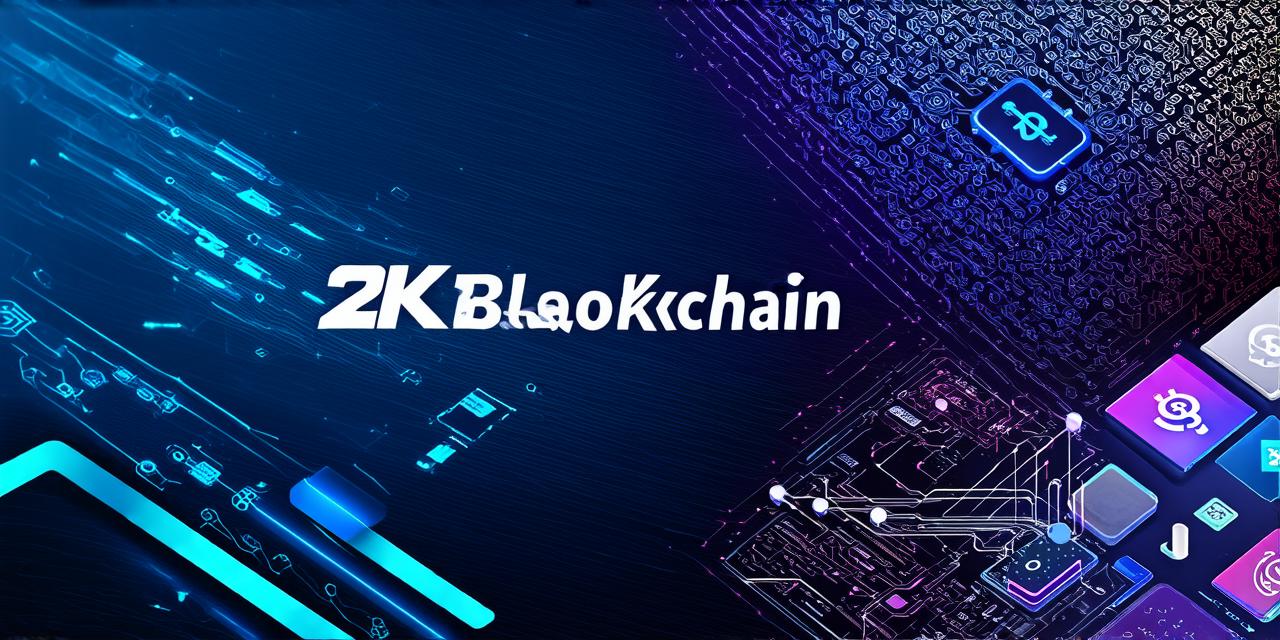Blockchain technology is revolutionizing various industries worldwide, from finance and healthcare to supply chain management and voting systems. As more organizations adopt blockchain solutions, the need for developers with blockchain expertise continues to grow. In this guide, we will explore how to make a new blockchain that can be customized to meet specific business needs.
Understanding the Basics of Blockchain Technology
Before diving into the process of creating a new blockchain, it’s essential to understand the basics of blockchain technology. A blockchain is a decentralized ledger that records transactions in a secure and transparent manner. It consists of blocks that contain cryptographic hash values that link them together. Each block contains a timestamp, data, and a reference to the previous block.
The key features of a blockchain include:
- Decentralization: The network is maintained by multiple nodes or computers, making it highly resistant to tampering and attacks.
- Transparency: All transactions are recorded on a public ledger that can be accessed by anyone on the network.
- Immutability: Once a transaction is recorded on the blockchain, it cannot be altered or deleted.
- Security: The use of cryptographic hash functions ensures that data is secure and protected from unauthorized access.
Creating a New Blockchain
Now that we have a basic understanding of blockchain technology let’s explore how to create a new blockchain. There are several approaches to creating a blockchain, but the most common ones include:
- Forking an existing blockchain: This involves creating a new version of an existing blockchain by modifying its codebase. The new blockchain can then be used as a starting point for customization and development.
- Building a new blockchain from scratch: This approach requires developing the entire blockchain infrastructure, including the consensus mechanism, network protocols, and smart contract capabilities. This approach is suitable for organizations that need a highly customized blockchain solution.
In this guide, we will focus on building a new blockchain from scratch. We will use the Hyperledger Fabric framework as our starting point, which provides a modular architecture that can be customized to meet specific business needs.
Step 1: Define Business Requirements
Before diving into technical details, it’s essential to define the business requirements for the new blockchain. This includes identifying the type of transactions that will be recorded on the blockchain, the number of nodes required to maintain the network, and the desired level of security and transparency.
Step 2: Choose a Consensus Mechanism
The consensus mechanism is the algorithm that governs how nodes on the network agree on the validity of transactions. The two most popular consensus mechanisms are Proof of Work (PoW) and Proof of Stake (PoS). PoW requires miners to compete to solve complex mathematical problems, while PoS relies on a combination of transaction volume and node stake to validate transactions.
For our new blockchain, we will use the Practical Byzantine Fault Tolerance (PBFT) consensus mechanism. PBFT is a hybrid consensus mechanism that combines the advantages of both PoW and PoS. It provides high throughput, low latency, and fault tolerance while minimizing energy consumption.
Step 3: Design the Network Architecture
The network architecture defines how nodes on the blockchain communicate with each other. The two most common network architectures are peer-to-peer (P2P) and client-server.
For our new blockchain, we will use a P2P network architecture, where all nodes on the network can communicate directly with each other. This ensures high availability and fault tolerance, as there is no single point of failure.
Step 4: Develop the Smart Contract Capabilities
Smart contracts are self-executing programs that run on the blockchain and can automate complex business processes. They enable organizations to define and enforce rules and regulations without intermediaries.
We will use the Fabric SDK, a set of tools and APIs provided by Hyperledger Fabric, to develop our smart contract capabilities. The Fabric SDK includes a visual programming interface that simplifies the process of developing smart contracts.
Step 5: Test and Deploy the Blockchain
Once we have developed the blockchain infrastructure, we need to test it thoroughly to ensure it meets the business requirements. We will use a combination of unit testing and integration testing to identify and fix any bugs or issues.
Finally, we can deploy the blockchain on a private network or a public cloud platform such as Amazon Web Services (AWS) or Microsoft Azure.
Case Study: Building a Blockchain for Supply Chain Management
Let’s explore a real-life example of building a blockchain for supply chain management. Suppose a company wants to track the origin and movement of goods from the manufacturer to the end consumer. The company can use a blockchain to record all transactions related to the supply chain, including production, packaging, transportation, and delivery.
The blockchain can be customized to include data such as product name, SKU, batch number, expiration date, and quality control information. This ensures that all parties involved in the supply chain have access to accurate and up-to-date information, improving transparency and reducing errors.
Summary
Building a new blockchain requires careful planning and execution. In this guide, we explored how to create a new blockchain from scratch using the Hyperledger Fabric framework. We also discussed real-life examples of building blockchains for supply chain management.
FAQs:

Here are some frequently asked questions about blockchain technology and its applications:
- What are the key features of a blockchain?
- Decentralization, transparency, immutability, security.
- How do you create a new blockchain from scratch?
- Define business requirements, choose a consensus mechanism, design the network architecture, develop smart contract capabilities, test and deploy the blockchain.
- What is the Practical Byzantine Fault Tolerance (PBFT) consensus mechanism?
- PBFT is a hybrid consensus mechanism that combines the advantages of both PoW and PoS. It provides high throughput, low latency, and fault tolerance while minimizing energy consumption.
- What are some real-life examples of building blockchains for supply chain management?
- Tracking the origin and movement of goods from the manufacturer to the end consumer, recording all transactions related to the supply chain, including production, packaging, transportation, and delivery.
